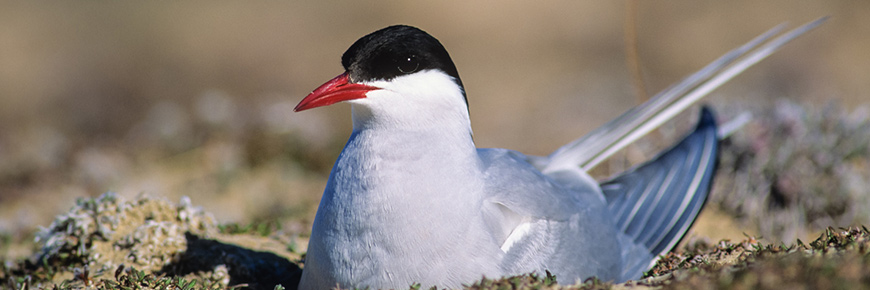
The Common Tern
Sainte-Anne-de-Bellevue Canal National Historic Site
The Common Tern is a protected species under the Migratory Birds Convention Act, 1994. More slender than a seagull, the tern has long, narrow wings, a forked tail and a black crown. Its body is white. The Common Tern can be found across Canada, from Newfoundland and Labrador to Alberta. This is a bird that loves wetlands and prefers to nest near lakes, rivers, marshes and oceans.
Nesting
The tern generally arrives in the Montréal region in early May. After a few weeks of prospecting for the ideal location, the tern nests from mid-May to August and rears its young untill mid-September. The tern is very loyal to its nesting site, which means that it tends to return to where it was born.
Common Terns are mainly ground nesters, building their nests in slight depressions in the sand or earth, or in mounds of twigs and pebbles. The female will lay two to three eggs. Did you know that the male and female share the incubation duties for three weeks before the eggs hatch? The nesting periods are very important.
If the Common Tern feels that its nest is threatened, it may leave it. However, it is vital that the eggs stay covered in order to hatch naturally. Disturbing this species' habitat during this critical time can actually cause nesting failure.
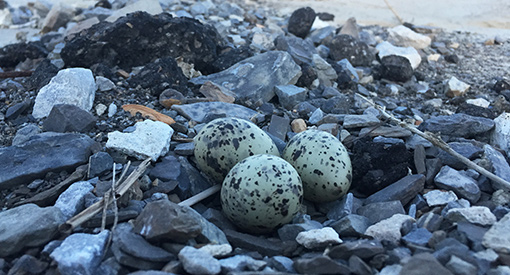
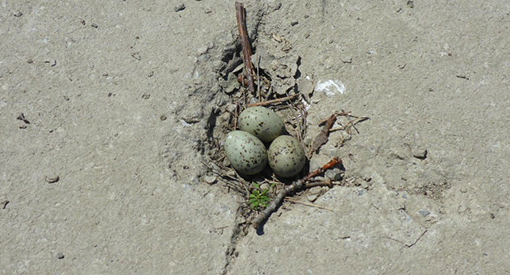
Nesting platforms
The Common Tern is known to nest near the Sainte-Anne-de-Bellevue Canal National Historic Site. To provide a quiet place for it to nest safely, two floating nesting platforms were installed near the upstream jetty in the spring of 2021, out of reach of predators and human activity. Too frequent disturbances during brooding can lead to the eggs being abandoned and thus jeopardize the survival of the chicks.
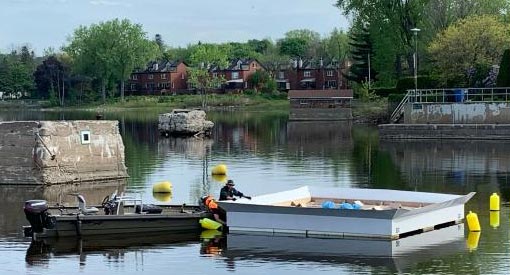
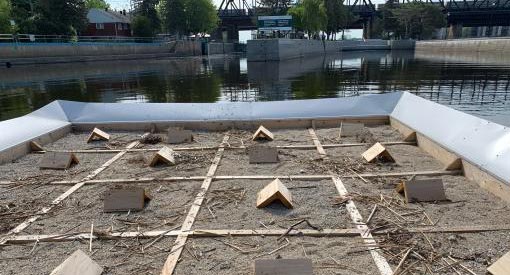
The tern usually nests near bodies of water, on islands and beaches made of sand, pebbles, rocks or dry twigs. Il is known to easily adopt artificial structures that mimic its preferred conditions.
The rafts installed at the Sainte-Anne-de-Bellevue Canal were designed based on a model that has proven successful at Tommy Thompson Park in Toronto. The surface is covered with granular materials and small wooden shelters to protect the chicks.
Caution!
All visitors to the Sainte-Anne-de-Bellevue Canal National Historic Site are asked to use caution when these birds are nesting and not to disturb the nests and eggs. Common Terns may become rather aggressive towards those they consider to be nest predators, including well-meaning human beings.
Related links
- Date modified :